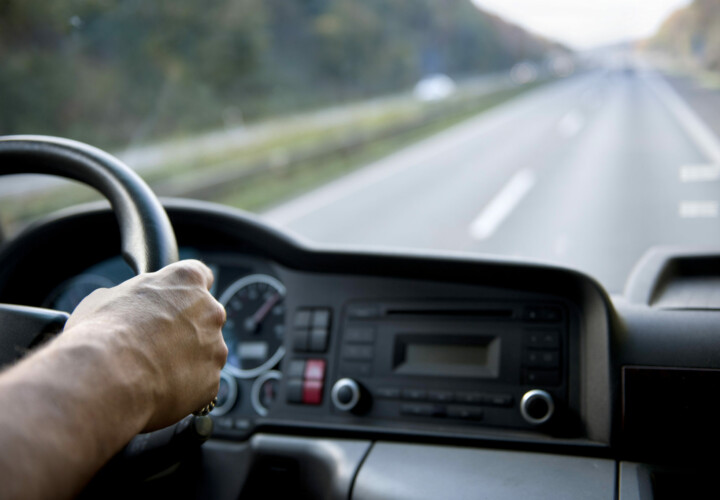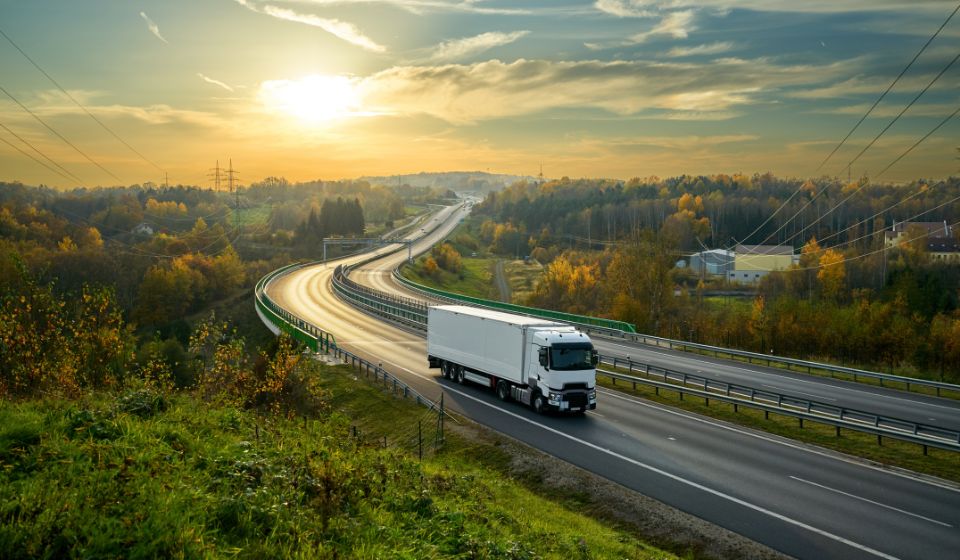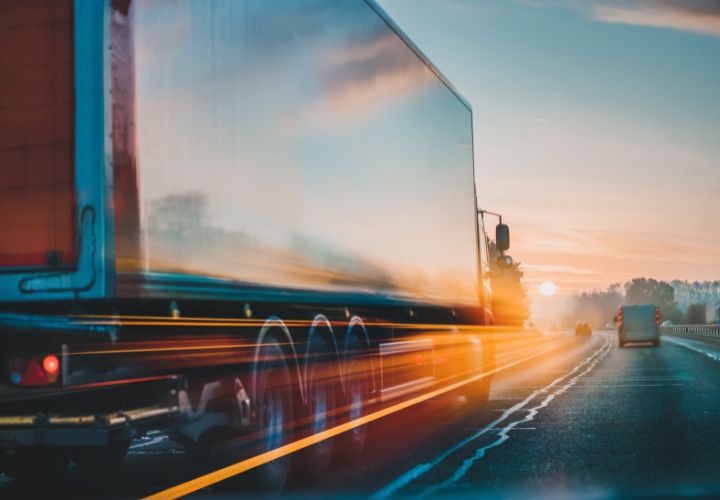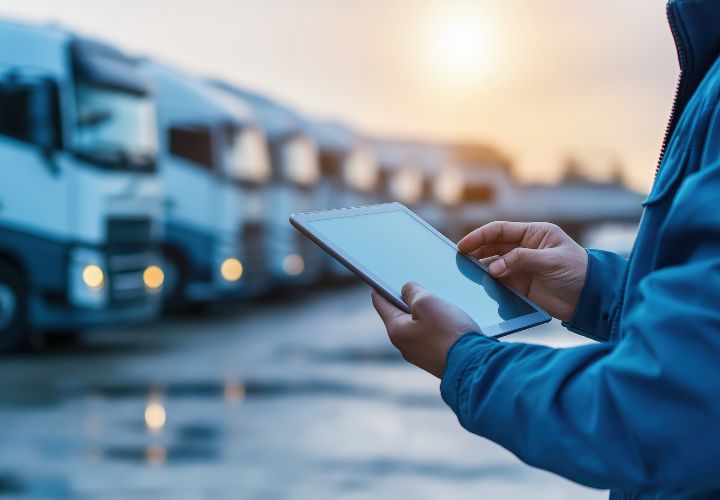Online shopping has transformed the retail and supply chain as businesses all over the world cope with the issue of how to deliver packages promptly and affordably. In the case of long-distance deliveries, most of the journey is already optimised through well-established global networks.
It’s the final stretch — the last mile to the consumer’s door — that is proving challenging as most delivery networks have not been designed to cope with the demands of e-commerce. Last mile deliveries often have to navigate suboptimal routes, travelling long distances between delivery stops because of low population density – or as is the case in urban areas – manage time-sensitive deliveries while dealing with paralysing traffic and congestion. At the end of it all, when the package finally reaches the required destination, the chances are that nobody will be home to receive it.
Recent consumer insight surveys confirm that people want and expect fast and flexible delivery with factors such as delivering during a specific time slot proving popular – with many consumers willing to pay a premium for immediate, or same-day delivery. Transport and logistics operators have no option but to adapt to this growing trend.
The rise in fast delivery models for everything from grocery to high-end fashion, is set on a seemingly immutable course with retailers exploring three main delivery models:
- Delivery via an existing supply chain, either through their own workforce or by contracting out to a third-party;
- Freelance or on-demand delivery, which offers elements of speed and convenience though almost certainly at a higher cost; or,
- using a retailers’ own resources (often employees) to drop off goods on their way home from work.
A number of key trends are emerging to address last mile challenges around consumer expectations, safety, urban freight, pollution levels, noise and road congestion.
Transparency and customer communication
Companies are adapting to changing customer demands across both B2B and B2C markets with same day home deliveries, specific time windows and unmanned lockers in shopping precincts or corner shops. Hand-in-hand with delivery flexibility, is the need for effective journey management to support improved customer service and communication. Customers now expect a much clearer understanding of when they can expect their delivery and the chance of successful delivery is improved when consumers can interact directly to change delivery parameters – should that prove necessary.
As well as reducing mileage and improving route selection, fleet analytics can also provide real-time journey updates against planned scheduling, so customers can be communicated with promptly and delivery issues resolved.
Proof of Delivery
There is a growing focus on visibility in the delivery process. Data that demonstrates proof of delivery along with tracking information, is invaluable when a delivery is late or gets lost. It also improves customer satisfaction, as customers can see exactly where their delivery is along with an estimated time of arrival. Smart technology can also be used to monitor the temperature of sensitive items or to complete credit and identity checks at the door.
Safety
Heavy goods vehicles and cargo vans are involved in too many driving incidents and fatalities. Improving driver safety impacts positively on all road users, reduces insurance costs and minimises the fleet downtime needed to repair vehicles involved in shunts and bumps. Fleet safety management tools can now run the gamut from a driver hazard warning app through to driver panic alarms, accident or incident recordings, multi-camera solutions and vehicle health reporting.
Managing geographic challenges
The urban and rural divide
Cities that are housing and apartment dense should in theory, be efficient areas for last-mile delivery. However, they are usually choked with traffic and short on delivery bays, which reduces speed to consumer. In the UK and throughout Europe, efforts are also being made to reduce urban air pollution which has led to the introduction of low emission and clean air zones in major cities with some roads and city centres closed to traditionally powered vehicles, making deliveries even more costly and difficult.
Other areas of the world have the opposite problem, with low density and long distances between shops and shoppers. In Australia for example, Australia Post has recently announced a trial of using remotely piloted drones with the backing of the Civil Aviation Safety Authority. The postal giant has said that the technology would be especially valuable for rural customers whose homes are far away from their letterboxes. A number of global retail and transportation players are also experimenting with drones for lightweight, high-value package delivery. While a robotic delivery workforce could be part of the last mile landscape in the future, and is already being trialled in closed, campus type environments, it is probably still some way off for most of us.
City distribution and micro hubs
To meet customer demand for same-day delivery, there is a growing trend for companies to avail of urban warehouse space. City hubs, micro hubs and shopping precincts are also playing an increasingly important role in the distribution chain. Hub and spoke networks are becoming increasingly common with large distribution centres based outside of towns, with smaller, last mile facilities located closer to the city centre.
Route efficiency/smart planning
When it comes to delivery, reducing mileage, maximising the number of stops on a given route, and getting a better fill from trucks is critical. Journey management and fleet analytics can support route selection and monitor performance against a planned schedule. At an operational level, the role of the driver is also changing as they are supported with increasingly advanced information technology, to support last-minute planning and scheduling, and improve customer service.
Personalising the experience with Big Data
Big data analytics is providing companies with the capacity to deliver qualitative and quantitative operational improvements, across the supply chain, particularly across last mile deliveries. By harnessing sensors, mobile computing, mobile data and vehicle connectivity, companies can make pro-active adjustments to their planning in response to changing operational conditions and market requirements. By using previous delivery records, delivery data from individual routes, high-resolution telemetry and movement data, companies are developing a more precise picture of last-mile deliveries.
The logistics industry is faced with the task of balancing a seamless consumer experience across last mile deliveries, with environmental responsibility. Through flexible delivery options, improved logistics and the integration of innovative technology — the logistics industry is rethinking its traditional fulfilment model and finding new and profitable ways to deliver products to customers.




